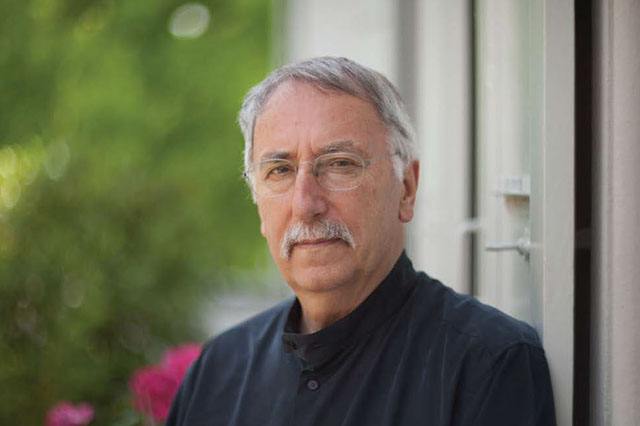
www.buildingsandcities.org/about/niklaus-kohler.html
Niklaus Kohler

Dr Niklaus Kohler is an architect and researcher. He worked in R&D in both the building industry and academe. His PhD was on Global Energy Consumption of Buildings during their Life Cycle. From 1978 to 1992 he directed research projects in the material science department (performance of materials) and the physics department (energy simulation) at Swiss Federal Institute of Technology Lausanne (EPFL). He was member of the steering committee of three national technology transfer programs (Impulsprogramme).
He is an Emeritus Professor and past-Director of the Institute of Industrial Building Production (ifib) at Karlsruhe Institute of Technology (formerly University of Karlsruhe). After retirement, he was a senior lecturer at ETH Zurich and a guest professor at Tianjin University, China. He was President of the Scientific Council of the CSTB (France) and member of steering committees of research programs and scientific institutions in Germany, France, Switzerland, UK, Sweden, Austria, China. His main research domains are:
- Life cycle analysis of buildings and building stocks
- Application of Information Technologies in comprehensive, distributed design
Latest Commentaries
COP30 Report
Matti Kuittinen (Aalto University) reflects on his experience of attending the 2025 UN Conference of the Parties in Belém, Brazil. The roadmaps and commitments failed to deliver the objectives of the 2025 Paris Agreement. However, 2 countries - Japan and Senegal - announced they are creating roadmaps to decarbonise their buildings. An international group of government ministers put housing on the agenda - specifying the need for reduced carbon and energy use along with affordability, quality and climate resilience.
Building-Related Research: New Context, New Challenges
Raymond J. Cole (University of British Columbia) reflects on the key challenges raised in the 34 commissioned essays for Buildings & Cities 5th anniversary. Not only are key research issues identified, but the consequences of changing contexts for conducting research and tailoring its influence on society are highlighted as key areas of action.